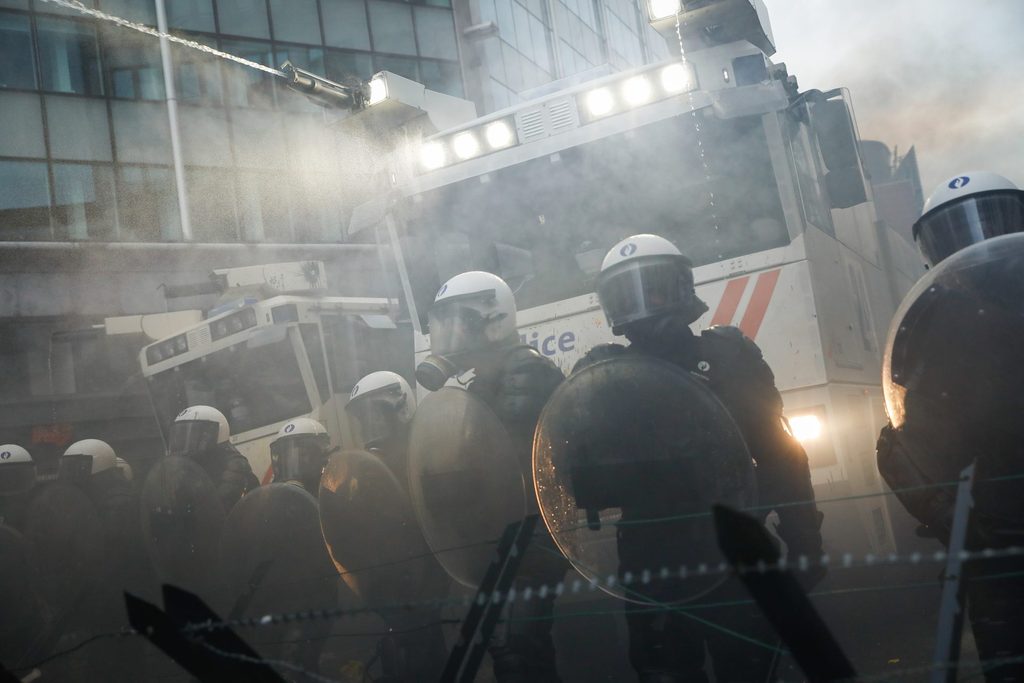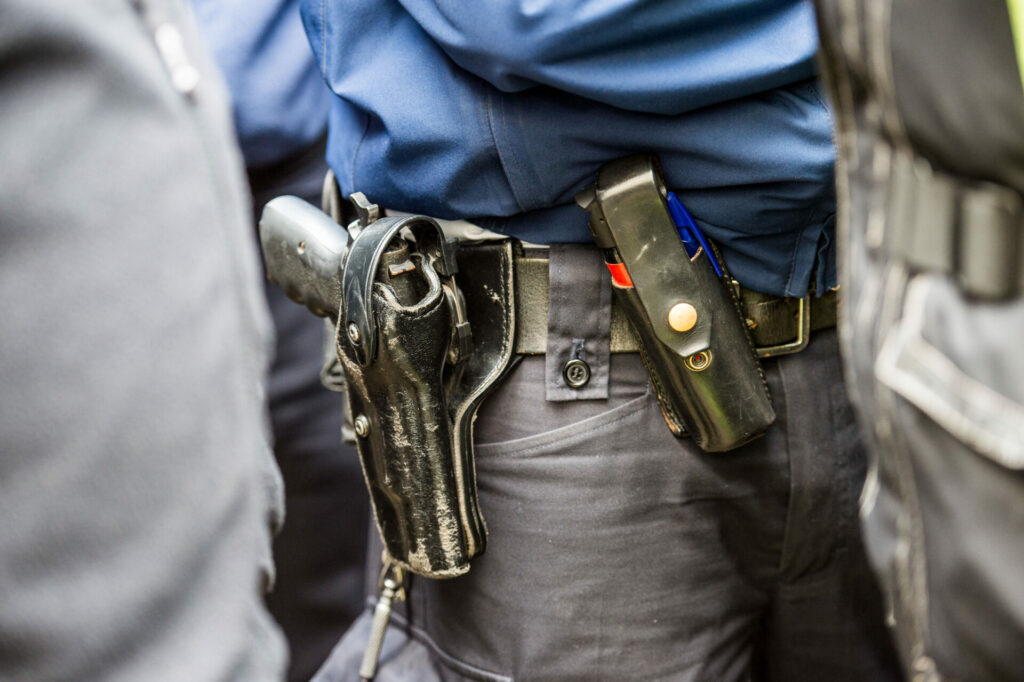The killing of Nahel Merzouk in France at the hands of a police officer this June resurfaced the conversation about police violence and racism – something which Belgium also experiences, although the exact numbers remain unclear.
In France, the number of shots fired at non-compliant vehicles by police officers has risen since 2017, coinciding with the enactment of a law expanding police firearm usage. The count of shots fired at moving vehicles reached 157 in 2021 across France, compared to 137 before this legislation, according to Le Monde.
In a study by French researchers Sébastian Roché, Paul Le Derff, and Simon Varaine, they propose that the rise in police shootings due to non-compliance may not be as pronounced in Belgium. The study excludes a generalised shift towards a more militarised police approach in neighbouring countries. While data was not shared by the researchers, they referenced the Police Inspectorate as a competent source.
How do Belgium and France compare
The French Circular GPI 62 mandates reporting of incidents involving violence, weapon use, and specific events requiring intervention techniques by law enforcement. This necessitates maintaining a database of weapon use reports.
Belgium's Ministry of the Interior confirms this, with the police’s Standing Committee P oversight body releasing data in a 2020 report. However, obtaining recent figures is challenging due to unavailability from external control bodies, like Committee P and the directorate for wellbeing, the CGWB.

Credit: Belga / Paul-Henri Verlooy
Recent data obtained from a parliamentary question by MP Eva Platteau shows a decrease in police firearm usage following non-compliance between 2019 and 2021 in Belgium. For instance, police firing at vehicles dropped to nine cases in Belgium in 2021, compared to France's 157.
Deaths also occur in such scenarios, as seen in the Mawda, Molenbeek, and Seneffe incidents. However, accurate death figures remain undisclosed.
Belgium, which is considerably smaller than France, faces challenges in data comparison due to differences in size and police personnel. Notably, Belgium's Inspectorate expresses interest in adopting a transparent system similar to the UK.
Unanswered data requests
Transparency issues persist regarding illegal police violence in Belgium. The General Inspectorate's 2022 report and recommendations emphasise the need for greater clarity and public access to data, a sentiment shared by academics and human rights advocates.
Belgian Interior Minister Annelies Verlinden acknowledges the lack of a comprehensive overview of all incidents by the General Inspectorate, attributing this to technical and legal constraints. While data extraction is complex, some figures can be requested for analysis. However, such requests often go unanswered, fuelling concerns about transparency.
In a recent RTBF article, Eva Platteau questioned the effectiveness of reports transmitted to oversight bodies like Committee P and the Inspectorate. The impact of these reports, as well as the number of further investigations, remains uncertain, she claimed.
In summary, both France and Belgium grapple with violent incidents involving the police and the need for transparency in reporting. While France experienced an increase in such incidents after legislative changes, Belgium's data shows a downward trend. Nonetheless, transparency issues plague both countries, with Belgium's Inspectorate expressing interest in adopting a more transparent system.

